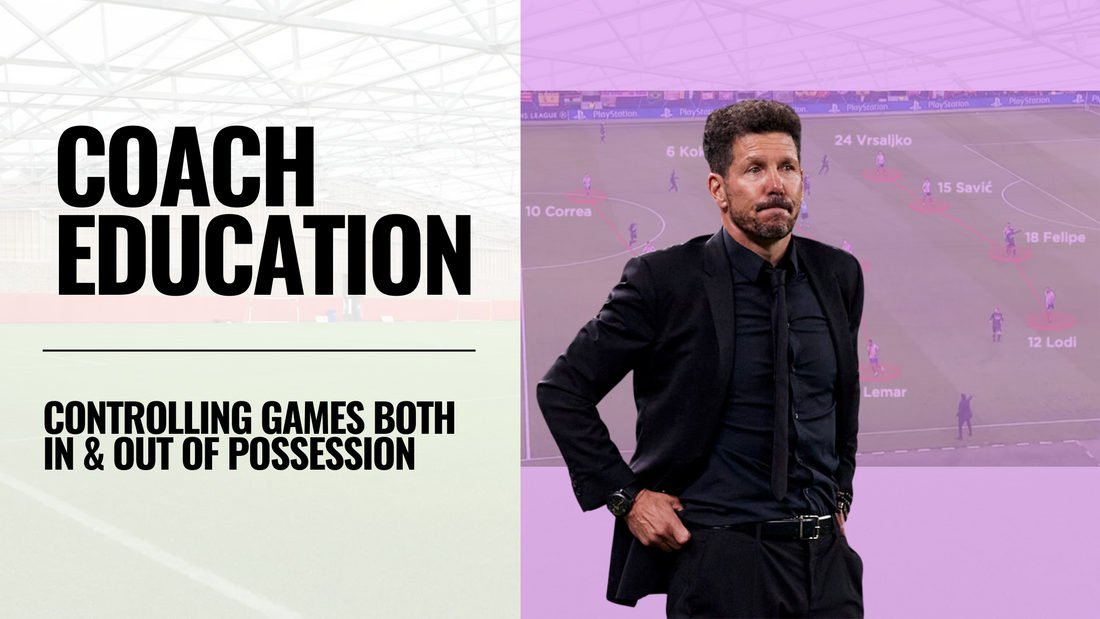
Controlling Games Both In and Out of Possession
Share
In today’s game, control is everything. While goals win matches, control gives a team the best chance of achieving the outcome they want. Whether that means dominating possession, dictating tempo, restricting the opponent’s chances, or setting traps to hit on the break, control is about managing the flow, rhythm, and risk within the game.
This article breaks down what control looks like in possession and out of possession, and offers practical guidance on how coaches can help their teams assert themselves in both phases.
🤷 Why Control Matters
When a team controls the game, it:
- Minimises unpredictability
- Increases the ability to execute tactical intentions
- Reduces the opponent’s goal threat
- Creates mental and physical fatigue in the opposition
Control doesn’t mean constant attack, it means knowing when to speed up or slow down, when to press or drop off, when to possess or penetrate.
⚽️ Controlling the Game In Possession
1. Possession as Defence
The simplest way to reduce risk is to keep the ball. If your team has it, the opponent can’t score, at least not immediately. This is the principle behind many possession-based sides.
Coaching Tips:
- Create passing angles and support networks so players feel safe in possession.
- Use positional play principles, maintain width and depth, stretch the pitch, and create overloads in key areas.
- Train tempo control: slow possession to manage the game or accelerate when space opens.
2. Dictating the Tempo
Having possession allows your team to choose how quickly or slowly the game is played. Teams like Manchester City or Barcelona have historically used long spells of passing not just to attack, but to frustrate and disorganise opponents.
Session Focus Areas:
- Rondo variations to train circulation
- Controlled build-up under pressing
- Functional sessions focused on scanning, first-touch, and passing under pressure
3. Turning Possession into Territory
Possession should not be sterile. True control comes when your team can progress play, occupy the final third, and keep the opponent pinned back reducing their threat and increasing yours.
Coach the following principles:
- Recognise when to switch or recycle to pull the opponent apart
- Encourage full-backs and midfielders to support high up the pitch
- Maintain rest defence (structural coverage) to prevent counters
🛡️ Controlling the Game Out of Possession
1. Mid and Low Block Structure
Control doesn’t require the ball. A team sitting in a well-organised mid or low block can restrict access to dangerous areas, force the opponent wide, and defend the box confidently.
Coaching Points:
- Compactness: Reduce space between lines vertically and horizontally
- Delayed pressing: Wait for triggers (loose touch, pass back, poor body shape)
- Line discipline: Back four and midfield should shift as a unit
This approach is often seen in teams protecting a lead or absorbing pressure. Their control is measured not in passes, but in limit-setting, denying penetration and frustrating the opponent.
2. Pressing as Control
High pressing can also be a method of controlling territory and rhythm. The aim is to keep the ball in the opponent’s half and win it back quickly.
To coach an effective press:
- Work on pressing triggers and player responsibilities
- Coach cover and balance behind the pressing players
- Use pressing zones to increase control without overcommitting
🔄 The Role of Transition Moments
Attacking Transitions
When your team regains the ball, it’s a chance to quickly switch from defending to attacking, especially if the opponent is out of shape. A controlled counter-attack can be one of the most effective goal threats.
Coaching Suggestions:
- Teach players to scan and break quickly upon recovery
- Encourage vertical passing and off-the-ball runs
- Create overloads in transition areas
Defensive Transitions
Controlling the game also means being prepared to win the ball back immediately after losing it. A sharp counter-press or smart retreat into a block can limit the opponent’s advantage.
Training Focus:
- Small-sided games with rules on transitions
- Reward regains within 5 seconds
- Highlight the importance of compact rest defence positions
🧱 Building a Controlling Identity
Your tactical identity will define how you control the game. Here are some examples:

As a coach, ask yourself:
- Do we want to control with the ball or without it?
- Do our players suit a proactive or reactive approach?
- How can we control both territory and tempo?
💭 Final Thoughts: Coaching for Control
Controlling a match doesn’t mean dominating every stat, it means dictating how the game is played, and where.
As a coach, teach your players to:
- Recognise when to hold and when to play forward
- Understand the risks of losing possession in key areas
- Stay mentally organised when out of possession
The most successful teams understand how to shift gears between phases, and how to maintain control whether they’re pushing for a goal or protecting one.

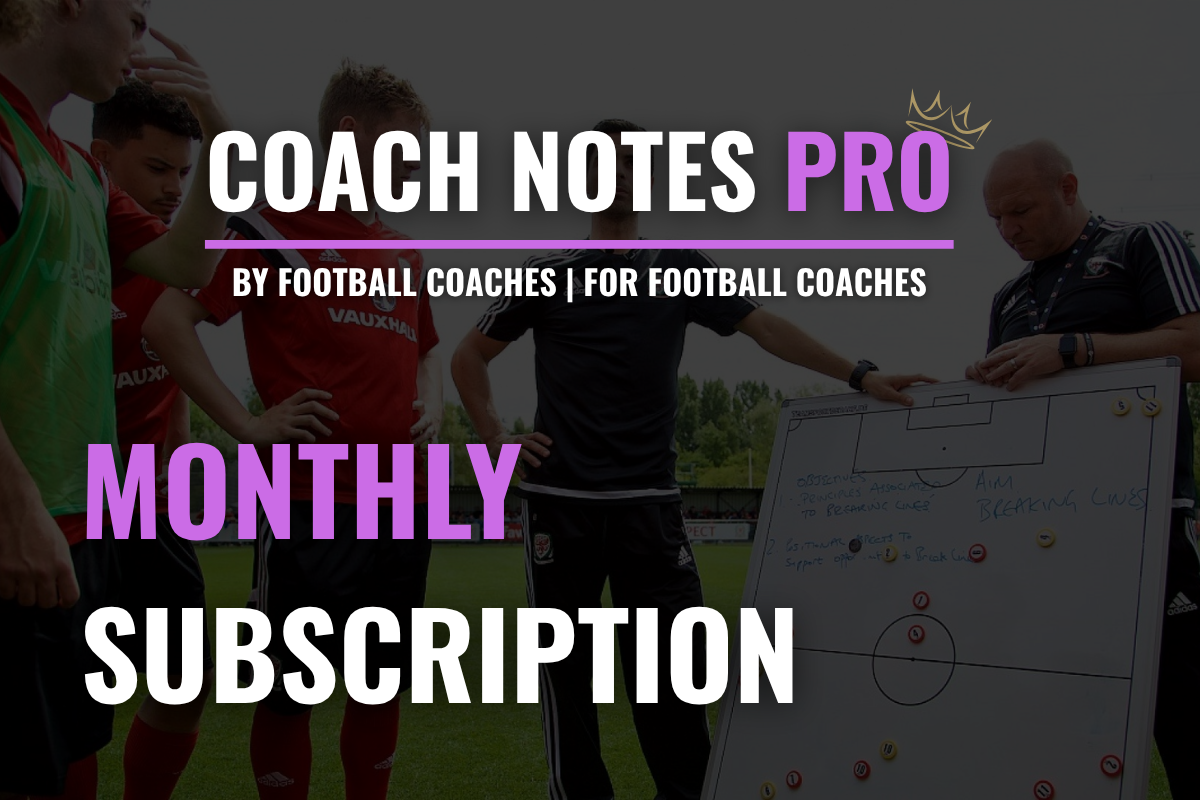
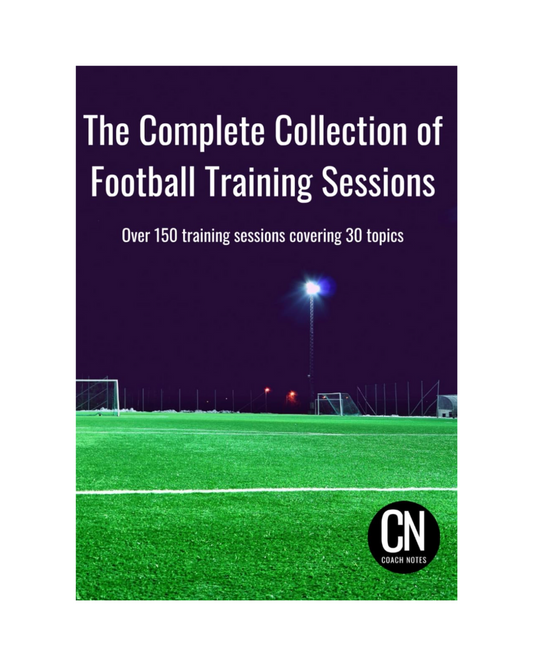
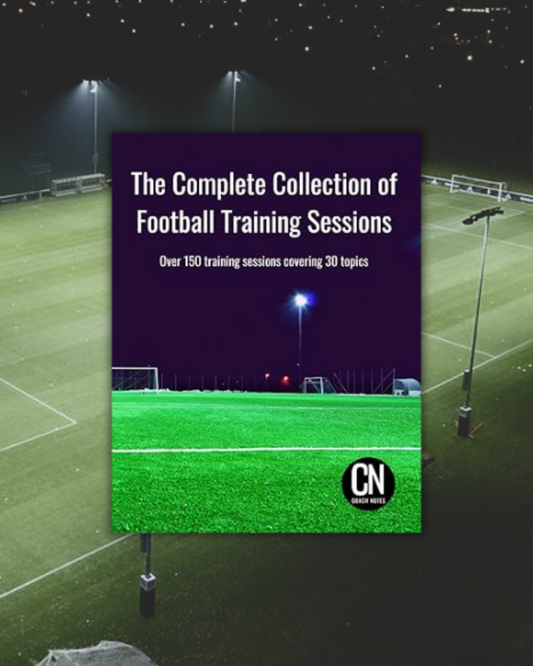
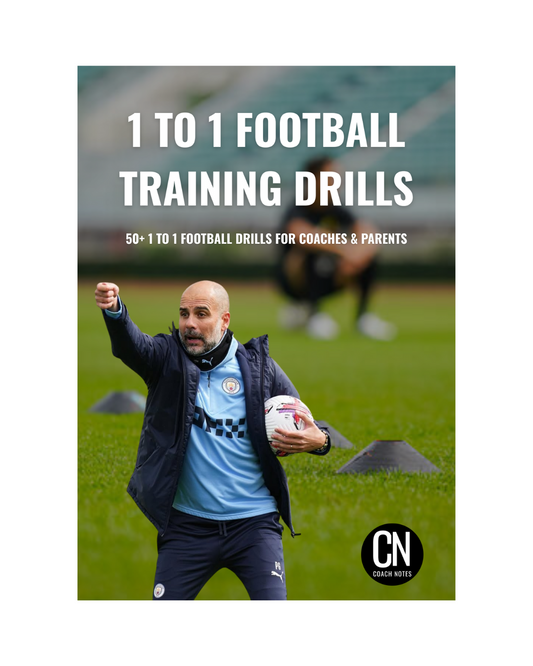
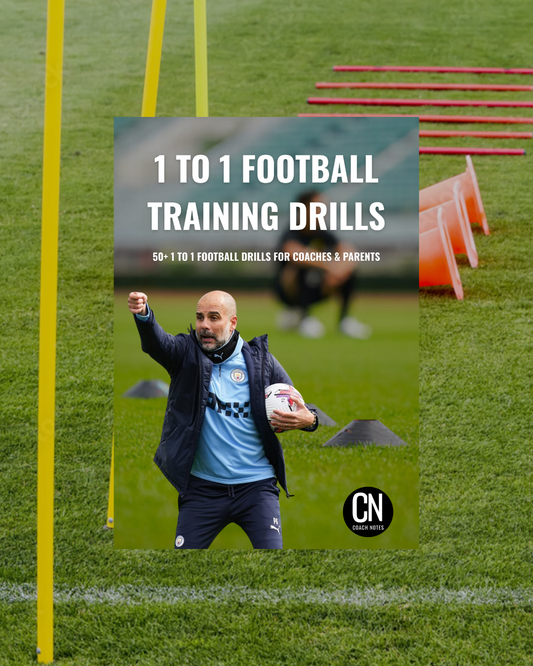

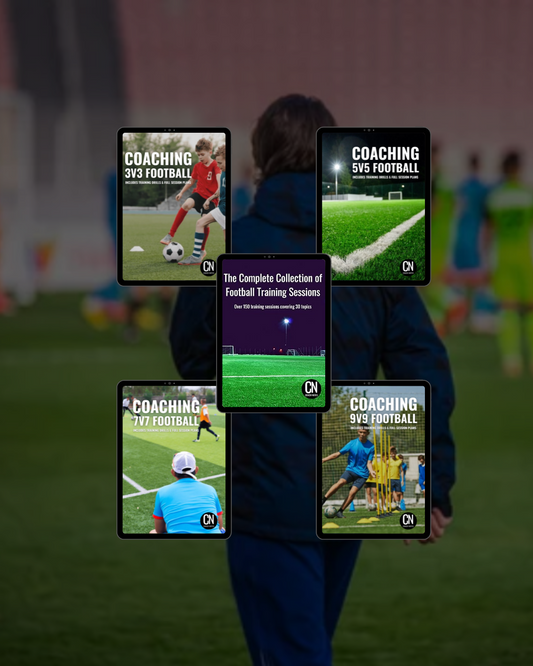


5 comments
Excellent stuff
Thank you so much. Well explained. Very useful thought or idea. Need more on responsibilities of players in there positions, strikes, midfielders and defenders.
Excellent
Great ideas and explanation. Loved it and need other resources and insights.
Thank you